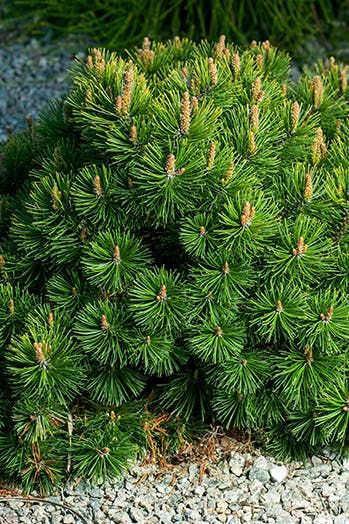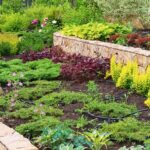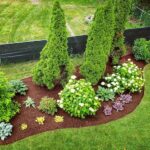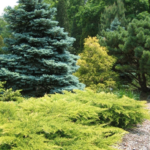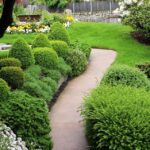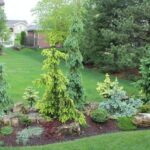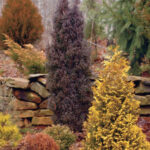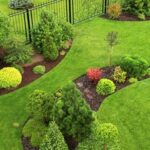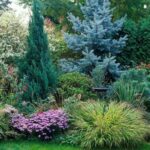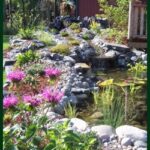A sustainable evergreen landscape not only adds beauty to your property but also helps to conserve resources and reduce maintenance. By incorporating the following tips and tricks, you can create a sustainable evergreen landscape that will provide lasting beauty and benefits for years to come.
Choose Native Plants
One of the best ways to create a sustainable evergreen landscape is to choose native plants. Native plants are well-adapted to the local climate, soil, and wildlife, making them more resilient and low-maintenance. They also require less water, fertilizer, and pesticides, which helps to reduce environmental impact. By choosing native evergreen plants, you can create a more sustainable and ecologically-friendly landscape.
Plant Trees for Shade and Energy Efficiency
Planting trees in your landscape not only adds beauty and value to your property but also provides shade and energy efficiency benefits. Evergreen trees can provide shade in the summer and insulation in the winter, helping to reduce energy costs for heating and cooling your home. By strategically planting trees around your property, you can create a more sustainable and efficient landscape.
Use Drought-Tolerant Plants
In regions with hot and dry climates, it is important to choose drought-tolerant plants for a sustainable evergreen landscape. Drought-tolerant plants require less water, which helps to conserve resources and reduce water usage. These plants are also more resilient during times of drought or water restrictions, making them a sustainable choice for your landscape.
Incorporate Mulch and Organic Matter
Mulch and organic matter are key components of a sustainable evergreen landscape. Mulch helps to retain moisture, suppress weeds, and improve soil health, while organic matter provides nutrients for plants and improves soil structure. By incorporating mulch and organic matter into your landscape, you can create a more sustainable and healthy environment for your evergreen plants.
Practice Water Conservation Techniques
Water conservation is crucial for maintaining a sustainable evergreen landscape. By practicing water conservation techniques such as drip irrigation, rainwater harvesting, and using water-efficient plants, you can reduce water usage and protect valuable resources. These techniques not only help to conserve water but also save time and money on maintenance.
Minimize Chemical Use
Chemical pesticides and fertilizers can have a negative impact on the environment and wildlife. To create a sustainable evergreen landscape, it is important to minimize the use of chemicals and opt for natural or organic alternatives. Integrated pest management techniques and composting can help to maintain a healthy and balanced ecosystem in your landscape.
By implementing these tips and tricks, you can create a sustainable evergreen landscape that is both beautiful and eco-friendly. By choosing native plants, planting trees for shade and energy efficiency, using drought-tolerant plants, incorporating mulch and organic matter, practicing water conservation techniques, and minimizing chemical use, you can create a landscape that will thrive for years to come. With a little planning and effort, you can enjoy a sustainable evergreen landscape that benefits both you and the environment.
